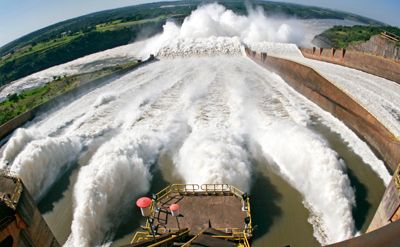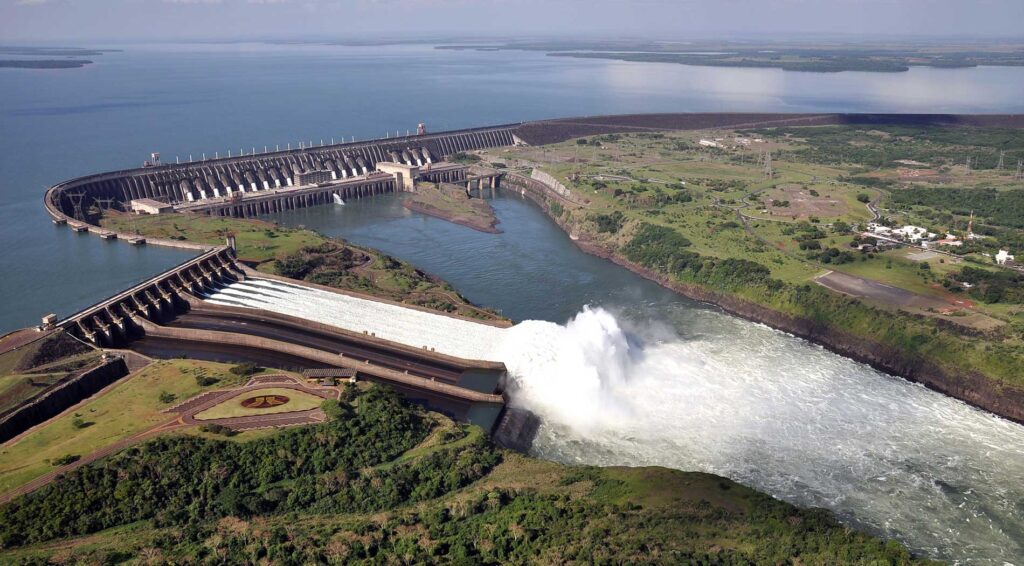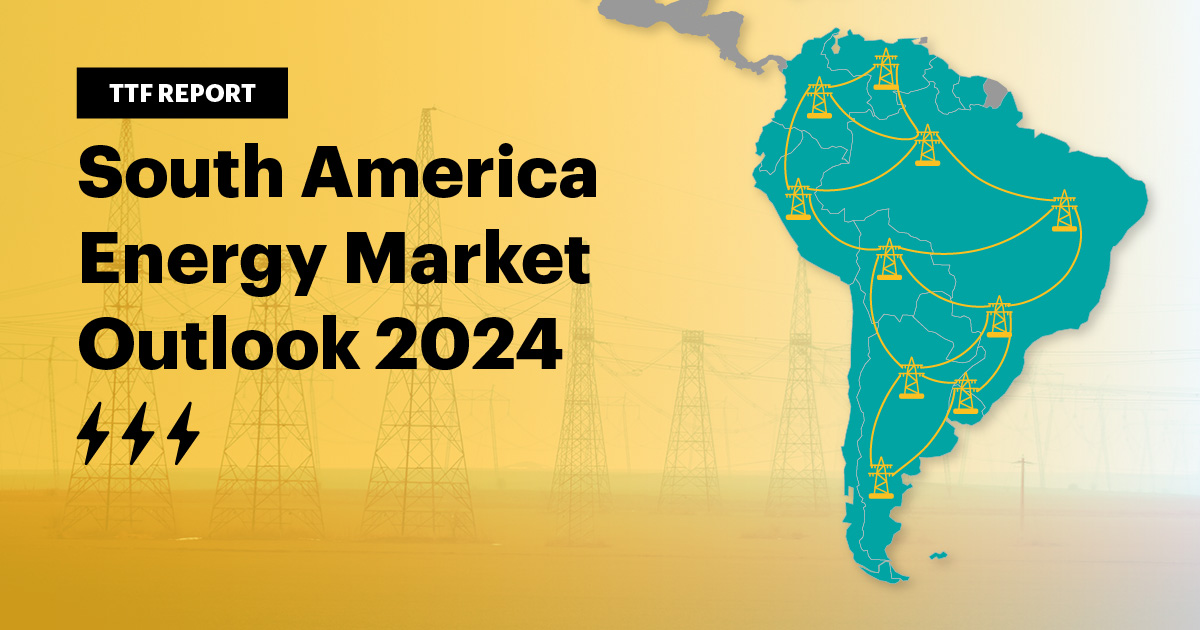
Hydropower energy presents an opportunity in South America’s energy infrastructure. This is from the region’s rich water resources and growing demand for renewable energy. Hydropower stands out as a component of the energy mix given the need for sustainable energy solutions. It also provides opportunities for further development, integration with other renewable energy sources and grid modernization. South America has rich hydrological resources like the Amazon river across countries like Brazil, Peru and Colombia. The volume of water in these areas make it a major location for large-scale hydroelectric plants.
Climatic impacts of hydropower energy in South America
Hydropower energy in South America comes with both positive and negative impacts on climate change. It plays a complex role in the environmental and energy landscape in South America. Hydropower contributes to reducing carbon emissions and supporting the transition to renewable energy. It is thus important to adopt sustainable practices to maximize the positive impacts of hydropower. Hydropower produces electricity with minimal greenhouse gas emissions compared to fossil fuels. It also has the ability to provide consistent electricity to complement other renewable energy sources. Large reservoirs related to dam-based hydropower projects can produce methane gas. Additionally, the construction of large hydropower dams involves significant land use changes.
Opportunities of hydropower in South America
Hydropower presents a range of opportunities given the continent’s abundant water resources. Leveraging these water resources and integrating hydropower with other renewables can help achieve a low-carbon future. Also, it is important to pursue these opportunities with careful consideration.

- Abundant natural resources – South America has some of the largest river systems. This is including Amazon, Orinoco and Parana rivers. They provide enough hydropower potential that can aid in meeting growing energy demands.
- Renewable energy goals – hydropower provides a reliable and large-scale renewable energy source. It contributes to national and regional renewable energy targets. Hydropower also plays a crucial role in decarbonizing the energy sector. It replaces or reduces independence on fossil fuels.
- Integration with other renewable energy sources – integration of renewable energy sources with hydropower can help balance the intermittency of solar and wind. Use of pumped storage systems can help store excess energy generated by solar and wind farms and release it during high demand periods.
- Economic growth and investment – hydropower sector continues to attract investment that provide opportunities for economic growth. Governments are also exploring public-private partnerships to finance and develop hydropower projects.
- Regional energy integration – South America has opportunities for regional energy integration. This is through cross-border hydropower projects. This allows countries with excess hydropower capacity to export electricity to neighboring countries.
- Small-scale and community-based hydropower – small-scale and micro-hydropower projects offer opportunities for rural electrification in remote areas. The projects can provide clean and reliable energy to communities that improve living standards.
Benefits of hydropower in South America
South America enjoys many benefits from the use of hydropower projects in the region. The benefits are both for the region’s energy infrastructure and socio-economic development. They contribute to the sustainability, resilience and prosperity of the South American countries. Hydropower projects promote the regions’ efforts to achieve energy security, reduce carbon emissions and adapt to the challenges of climate change. The following are the benefits of hydropower projects in South America.

- Renewable and low-carbon energy source – hydropower generates electricity with low greenhouse gas emissions. It also harnesses the natural flow of water that provide a continuous and sustainable supply of electricity.
- Energy security and reliability – this energy also provides a stable and consistent supply of electricity. It helps to meet the growing energy demands in the region. It also reduces dependence on imported fuels to enhance national energy security.
- Economic growth – construction and operation of hydropower projects stimulate economic growth. This is by creating jobs in engineering, construction and maintenance. The projects also provide a stable income and energy to support the economic development.
- Rural development – development of small-scale and micro hydropower projects provides electricity to remote areas. Access to electricity enhances education, healthcare and living standards in the communities.
- Environmental benefits – hydropower generates electricity without emitting air and pollutants. This helps improve air quality and reduce public health risks.
- Technological innovation and knowledge transfer – investments in hydropower projects drives technological innovation. This is including development of more efficient turbines, improved environmental monitoring systems and advanced water management techniques.
